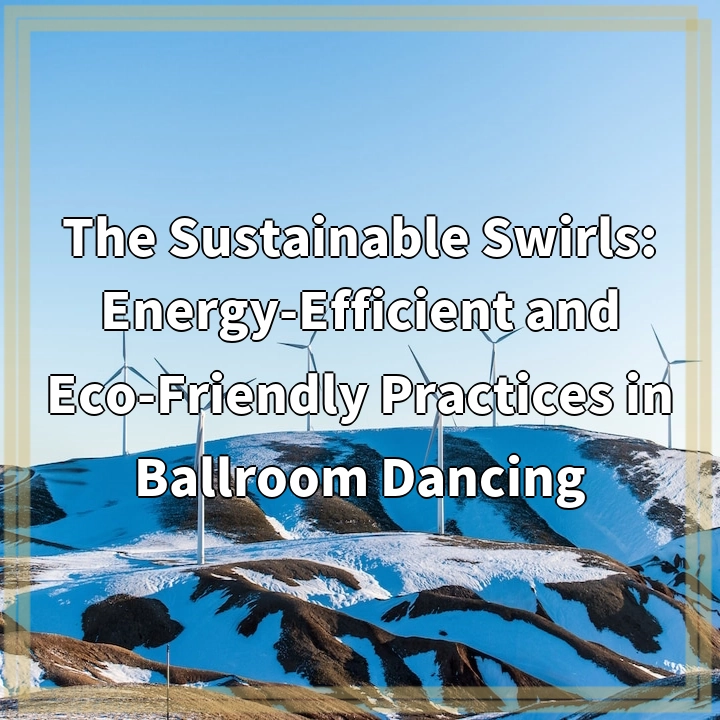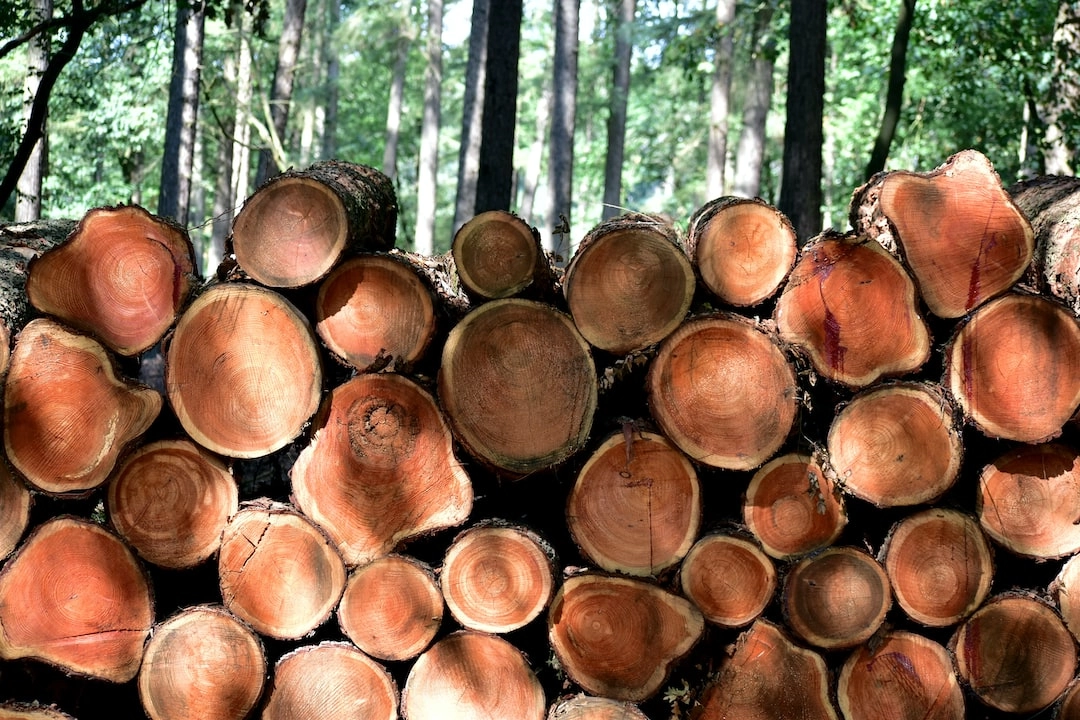
What it is:
Ballroom dancing is a popular social and competitive activity that involves couples performing various dance styles such as waltz, tango, foxtrot, and salsa. It combines skill, artistry, and athleticism, attracting dancers of all ages and skill levels. However, it’s important to consider the environmental impact of ballroom dancing and the potential for implementing sustainable practices in this art form.
Real-World Problems:
1. Energy Consumption: Ballroom dance studios often require significant energy consumption to maintain suitable temperature and ventilation. The extensive use of heating and air conditioning systems can contribute to high energy bills and increased carbon emissions.
2. Costume and Prop Waste: Ballroom dancers frequently update their costumes and use elaborate props during performances. This leads to a constant demand for new outfits and props, resulting in textile waste and increased production and consumption of materials.
3. Travel Emissions: Ballroom competitions and events often require participants to travel long distances, leading to a significant carbon footprint from transportation. This is exacerbated when considering large-scale events that attract international participants.
4. Chemical Usage: In order to maintain pristine dance floors, various cleaning agents and chemicals are used. Improper disposal of these chemicals can harm the environment and pollute water systems.
5. Single-Use Plastics: Many competitions and events rely on single-use plastics for refreshments, such as bottled water and disposable food containers.
6. Lack of Awareness: Despite the potential for sustainable practices in ballroom dancing, there is a lack of awareness and education among dancers and event organizers about the environmental impact of their choices.
7. Resource Consumption: The production of dance costumes, shoes, and accessories requires the consumption of natural resources such as water, energy, and raw materials, contributing to environmental degradation.
By acknowledging these real-world problems, we can begin to explore solutions and implement sustainable practices that contribute to a more eco-friendly ballroom dancing community.

Solutions for a Sustainable Ballroom Dancing Community:
1. Energy-Efficient Studio Practices: Implementing energy-saving measures such as using energy-efficient lighting, properly insulating the studio, and utilizing natural ventilation can significantly reduce energy consumption in ballroom dance studios.
2. Sustainable Costume and Prop Choices: Encouraging dancers to choose durable, reusable costumes and props made from sustainable materials can help minimize waste. Renting or sharing costumes and props can also be explored as a more sustainable alternative.
3. Carbon-Neutral Travel Options: Offset the carbon emissions associated with long-distance travel to competitions and events by supporting carbon offset programs. Encourage carpooling, the use of public transportation, or exploring virtual competitions to minimize travel emissions.
4. Environmentally-Friendly Cleaning Practices: Switching to eco-friendly cleaning products and proper disposal of chemicals can help minimize the environmental impact of maintaining dance floors. Consider using sustainable alternatives such as bamboo or cork flooring.
5. Plastic-Free Events: Work with event organizers to eliminate single-use plastic items and promote the use of reusable water bottles and food containers. Encourage event venues and caterers to prioritize sustainable practices.
6. Education and Awareness: Create educational resources and workshops to raise awareness among dancers, instructors, and event organizers about the environmental impact of their choices. Offer training on sustainable practices and encourage a shift towards environmentally-conscious behavior.
7. Sustainable Production and Consumption: Support designers and manufacturers who prioritize sustainable production methods and materials for dance costumes, shoes, and accessories. Promote circular economy principles by encouraging the reuse, recycling, or upcycling of dancewear.
By adopting these solutions, the ballroom dancing community can contribute to a sustainable future by reducing energy consumption, minimizing waste, and raising awareness about the environmental impact of their practices. Together, we can create a vibrant and eco-friendly dancing community.















